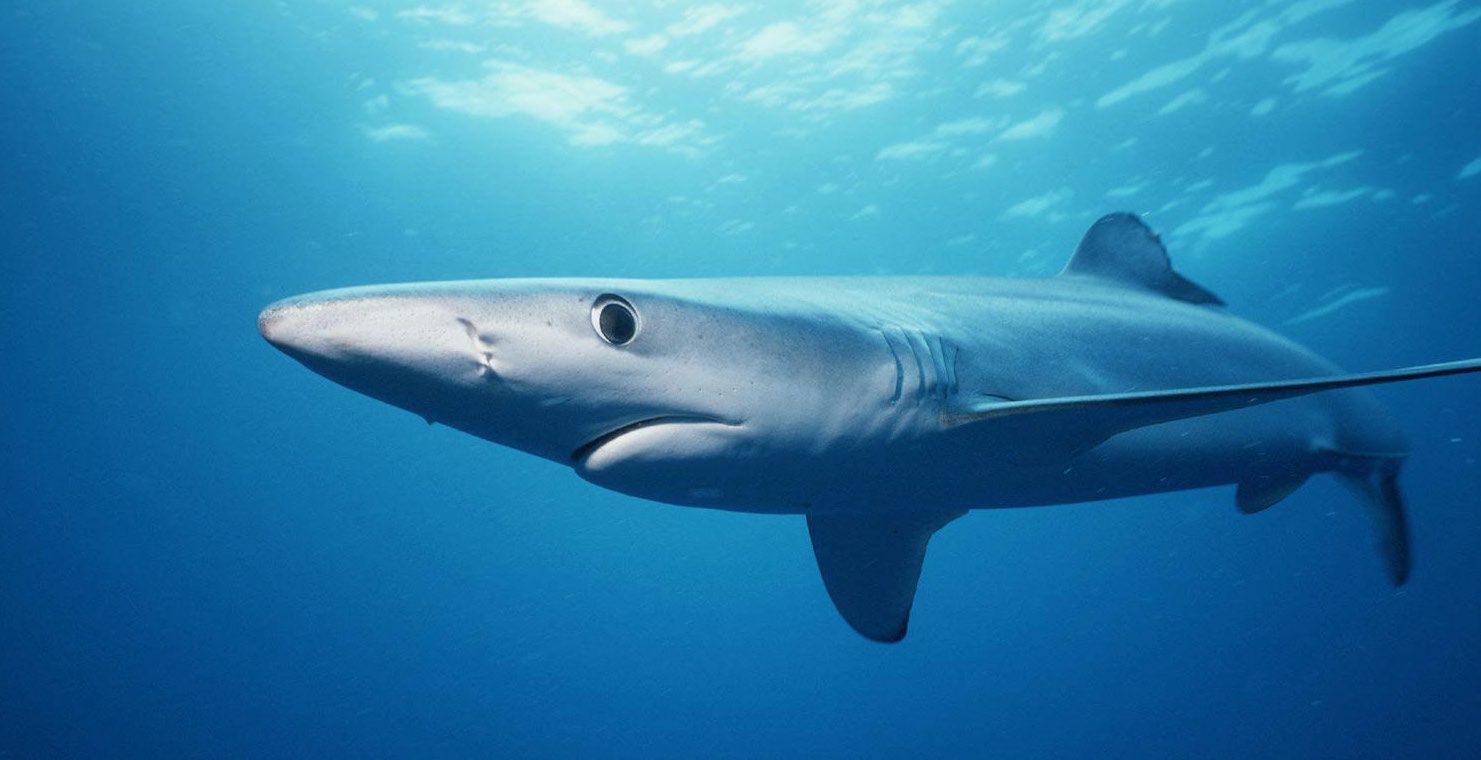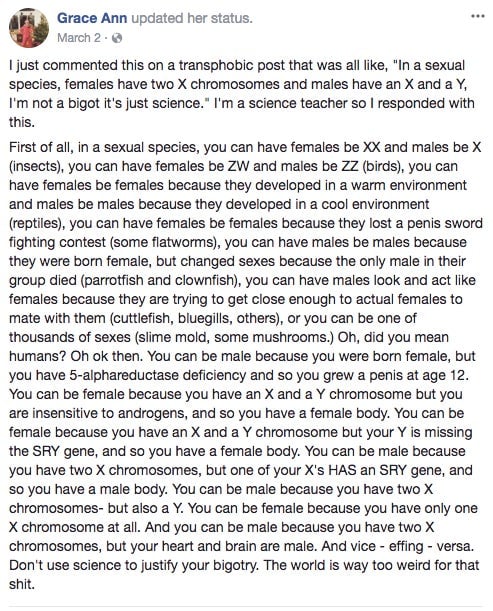An intersex shark discovered near Taiwan shines a light on fluidity in the animal kingdom
2017 was full of interesting animal news and discoveries. Analysis of ancient mammoth fossils led biologists to speculate that male mammoths died in risky, “silly ways” (paywall) more often than their female counterparts. Scientists used the count of neurons to finally settle the age-old debate over the relative intelligence of cats and dogs. (Dogs are smarter, if you weren’t paying attention.)


2017 was full of interesting animal news and discoveries. Analysis of ancient mammoth fossils led biologists to speculate that male mammoths died in risky, “silly ways” (paywall) more often than their female counterparts. Scientists used the count of neurons to finally settle the age-old debate over the relative intelligence of cats and dogs. (Dogs are smarter, if you weren’t paying attention.)
But my personal favorite discovery of the year was the intersex Pacific spadenose shark found in the Taiwan Strait in January. In a political climate that often seeks to suggest that gender fluidity is unnatural, the spadenose shark is the latest in a long lineage of gender-fluid, gender-bending, and even “trans” animals to be documented by scientists.
The shark, which initially appeared to be a typical adult male because of its external genitalia, had internal male and female reproductive tracts, as well as a pair of “ovotestes” (gonads with ovarian and testicular tissue). Upon dissection, the scientists note that that the shark could produce “both viable ovum and sperm and had mature and functional reproductive tracts to deliver germ cells,” meaning they believed it was possible for the shark to use male or female organs for reproduction. (That said, Hakai Magazine points out, researchers have not yet seen an intersex shark carrying a pregnancy or impregnating a female.)
The animal kingdom is rich with gender variance. In 2015, a lioness named Mmamoriri caught the world’s attention because of a genetic mutation that gave her a mane. (She is one of five maned lionesses documented in Botswana.) She looks and sounds like a male lion, and if her pride is able to keep ahold of its territory, scientists suspect the “mutation” will continue onto the next generation.
There are plenty of other animals that consistently defy gender and sex binaries. Female spotted hyenas, for example, has external genitalia that looks a lot like the penis of their male counterparts. The male clown fish can change sex when a dominant female dies, in order to replace her. A 2016 study showed that bearded dragon eggs with typically male chromosomes “reverse sex” in hotter climates and become reproductively female, though they continue to demonstrate many male traits.
Similarly, intersex, trans, and gender-variant humans have also existed across history, culture, and continents. Yet in a year when 16 US states considered bills that prohibited trans Americans from using the appropriate restroom, and President Trump introduced a military ban on trans personnel, much of the rhetoric used to justify such discrimination points to nature and biology.
The intersex shark in Taiwan, the bearded dragons who reverse sex, and the maned lioness are clearly just as “natural” as the animals that surround them. A fed-up biology teacher in Lagrangeville, New York pointed out as much when she highlighted the inanity of using nature to defend transphobia in a Facebook post that went viral earlier this year:

“Don’t use science to justify your bigotry,” she wrote. “The world is way too weird for that shit.”